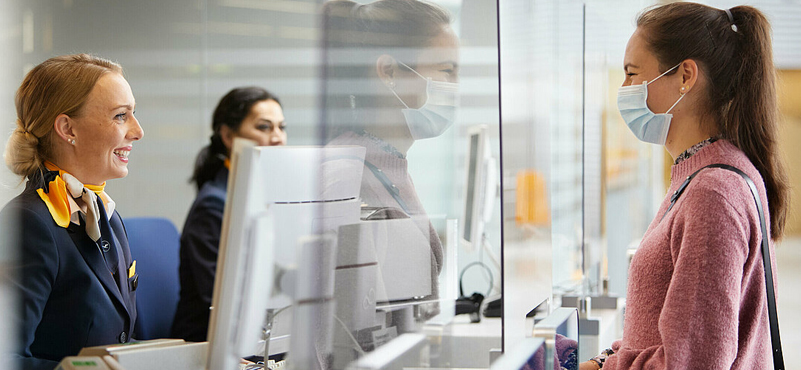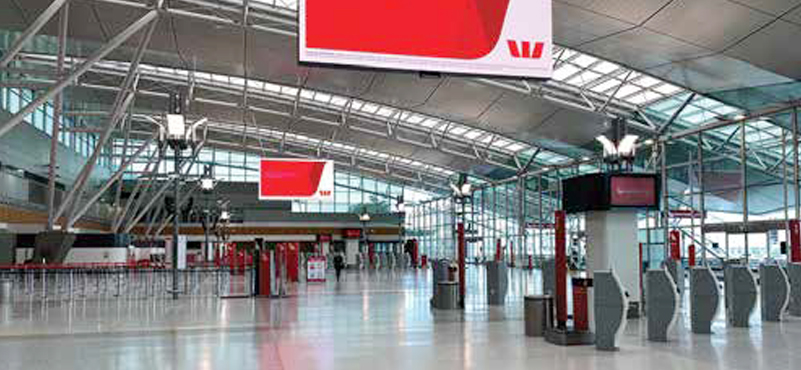The ripple effect was all to see and feel! Starting with the decline in oil prices, airlines were able to offer lower airfares, increase load factor and better yields, resulting in better evaluations. 2016 depends wholly on how oil prices will fare.
Oil prices bring new found savings for the airline sector; for the time being, all ills within the sector have been forgotten.

- With the Indian basket of crude oil hovering around $30 a barrel, a litre of crude oil now costs about Rs.12 (approximately), which has meant that oil has now become cheaper than packaged mineral water, assuming it costs Rs.15 for a litre bottle.
- ATF prices directly move in tandem with international crude prices and have fallen roughly 26% over the year – to Rs.44.3 a litre currently from Rs.59.9 a litre a year ago – lower than petrol and diesel prices.
- Aviation turbine fuel (ATF) makes up for about 44-48% of operational costs for Indian carriers, between LCC and full service airlines, before this change started taking effect.
- The current drop of 26% per kilolitre rate at Delhi airport, compared to December 2014, is also cheaper by 40 per cent over 2013 and 34 per cent cheaper than 2012.
- Oil prices alone would have contributed to a savings for all airlines and this is possibly anywhere between Rs.6000-7000 crores. This is enormous savings, an impressive figure that would have given new found stability to a sector that was otherwise considered ailing till very recently. Also, as a result, the cost share of oil within the overall cost structure has changed – from 48% to 40% for low cost airlines and from 44% to 37% for the full service airlines.
Growth for airlines, as they witness more flyers than ever before; India emerges the fastest growth market in the world
- India was the world’s fastest growing aviation market in 2015, expanding more than 20% for all the right reasons. This outpaced the 10% growth registered in China and 5% increase in the United States, as per data supplied by International Air Transport Association.
- The November 2015 growth alone was a robust 25.1 per cent, ably assisted by higher capacity deployment specially coinciding over the Diwali period; other major aviation markets such as Brazil, Russia and Japan had shown a negative growth during the same period.
Reduced airfares mean higher load factors, more revenue
- Leading online travel portal Makemytrip.com was selling for as low as Rs.3,858 for a Delhi-Mumbai one-way air trip, on a given date, nearly 36% lower than the previous year’s average fares of about Rs.6,000. Similarly, a Delhi-Kolkata trip came for as low as Rs.5311 compared to nearly Rs.7,000 last January.
Airfares between Delhi and Goa were selling around Rs.25,000 one way in the Christmas season end 2014, and these were selling for around Rs.20,000 return in the 2015 season! In fact, travelers who bought advance tickets last year in the belief that fares will rise, found they never did much at all.
Average airfares in India in 2015 have been the cheapest in three years.
Side by side, domestic airlines are said to have witnessed higher load factors, perhaps 5 to 6% over the corresponding period. This in itself would have also meant additional revenue for all airlines.
Airlines like SpiceJet continued with their frequent offers with their spot fares. An aggressive AirAsia offered matching fares and others were not too far off. Full service carriers too followed suit. The fact is that there were offers in the market virtually through the year. Even with a change in management at SpiceJet, spot sales continued!
Share prices went up, valuations for the sector rose, and the airline sector could well be deemed to be profitable
- Jet Airways climbed 8.2pc to its highest since January 2011, making it the best performing share on the Bloomberg Intelligence Global Airlines Valuation Peers Index in the past month.
- InterGlobe Aviation changed the rules of the game with their public offer. Since it publicly listed, the airline shares went up over 30%, giving its new found shareholders happy – these included some airline employees who had been given stock options.
- SpiceJet in its recent earnings report said the current volume growth of around 20 per cent witnessed in the domestic market shall continue for the next 8-12 months, before stabilizing at around 10-12 per cent. SpiceJet shares over this period have risen over 300% in the last year.
- GoAir said with these developments it may consider doing an IPO later this year.
New capacity addition on all airlines, more connectivity promised with new flights
- Capa projects domestic air passenger volume to grow at a CAGR of 12.8 per cent between FY15 and FY20. More aircraft in the air, more routes and possibly the same level of fares, attractive as they are, will mean more bums on the seats during 2016. Here is a quick recall of what the new year heralds.
- Vistara currently operates a fleet of 9 Airbus 320 aircraft and operates 307 weekly flights to 12 destinations across the country. In addition, “we are looking at adding four more aircraft in 2016,” Vistara CEO Phee Teik Yeoh was quoted in a newspaper interview.
Spicejet has said it will add 10 new daily frequencies on its domestic network. On its international network, SpiceJet is increasing frequencies on the Delhi-Kabul route. The airline is said to be reviewing its aircraft orders, weighing between Airbus and Boeing, for additional aircraft to augment its fleet. Separately, it is reported it will induct six new aircraft within 30 days, calling the move “a first of its kind initiative in the history of Indian aviation”. SpiceJet also unveiled a new winter schedule, raising a total daily flight operation to 291 from the current 250, adding 10 new sectors, 30 new frequencies and 22 connecting flights.
Air India has added two new routes from Mumbai to Surat, a diamond hub in the western state of Gujarat and historic city Gwalior in central India. Air India has started operations between Kochi (COK) and Dubai (DXB). Air India now serves Dubai from six Indian airports, the other being Chennai, Delhi, Goa, Hyderabad and Kochi. Air India is said to be considering inducting an ambitious 30 new aircraft in the next 15 months, adding more direct flights to cities such as Washinton, among others.
Recently, IndiGo announced the launch of 24 new flights connecting key cities within the country. IndiGo is launching twelve flights connecting Delhi to Trivandrum, Bengaluru to Vishakhapatnam, Bengaluru to Bhubaneshwar, Ahmedabad to Bengaluru, Bhubaneshwar to Kolkata and Chennai to Trivandrum. With effect from January 14, 2016, IndiGo will launch its sixth daily non-stop flight between Chennai and Hyderabad. Additionally, IndiGo is also launching 10 flights on January 15, 2016, connecting Bengaluru to Kolkata, Delhi to Ahmedabad, Delhi to Bengaluru, Delhi to Kolkata and Hyderabad to Mumbai. Its plans for 2016 also depend upon new supplies of the A320Neo.
Outlook for 2016: what do the stars foretell?
Oil will reign supreme. If oil prices remain at present levels, then recoveries will come around. Faster airline movements will also mean better economies for the airports. In effect, it would help every segment in the game.
What happens if the oil prices start going up? It would depend entirely on how much? If they go beyond manageable levels, then all the recent past fissures will start showing up – airlines would start asking for reduction in taxes of ATF, to begin with. We will be told, ATF is a state subject and even GST, assuming it would have come, will not be able to remedy the situation. But if oil stays at present levels, and many say it would, we can only hope it does for at least the next two years, over which time airlines can learn to better manage their cost structures.



































